
2024/10/30
On Monday, August 5, 2024, the second matching event was held between GENIAC’s foundation model developers and utilization companies. This event aimed to promote the development of competitive foundation models and their societal implementation. A total of 15 user companies and approximately 100 stakeholders attended the event. Following the developers' presentations, lively discussions took place at the booths set up for each developer, encouraging active exchanges. This article introduces some highlights from the event.
Initiatives Toward "Go to Market"
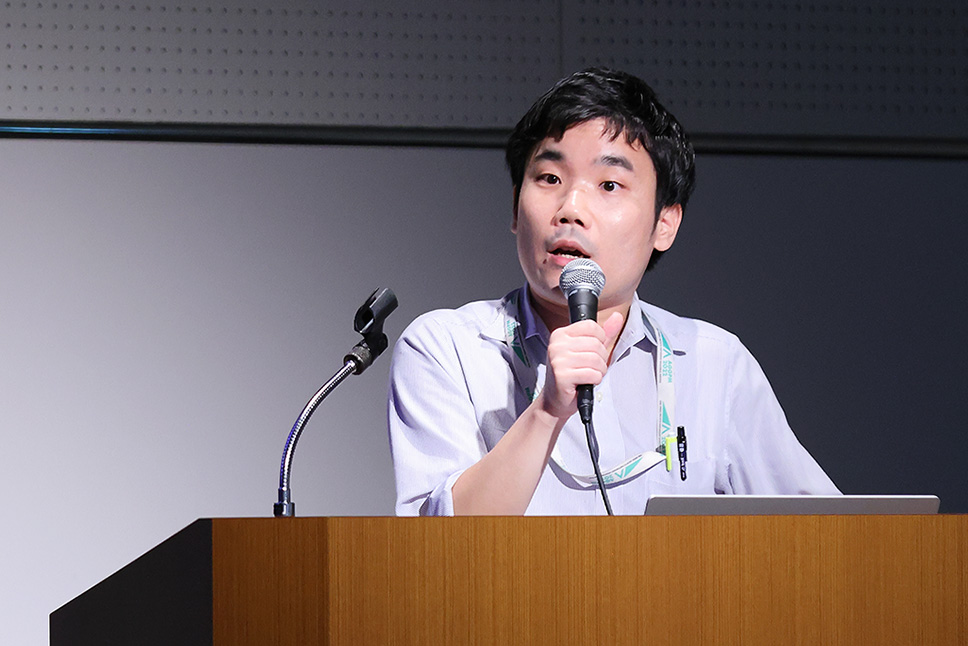
At the opening of the matching event, Mr. Suginoo explained GENIAC’s three core pillars, current achievements, the purpose of the event, and the concrete initiatives for the future.
“GENIAC is a project designed to strengthen the generative AI development capabilities in Japan while creating an environment where businesses can innovate and take on challenges,” said Mr. Suginoo.
He emphasized that GENIAC is based on three key elements: (1) computational resources, (2) data, and (3) knowledge. These elements are crucial for accelerating the development of generative AI in Japan by providing essential computational resources, discovering advanced use cases of data utilization, supporting collaboration with data holders, and fostering knowledge-sharing through community involvement.
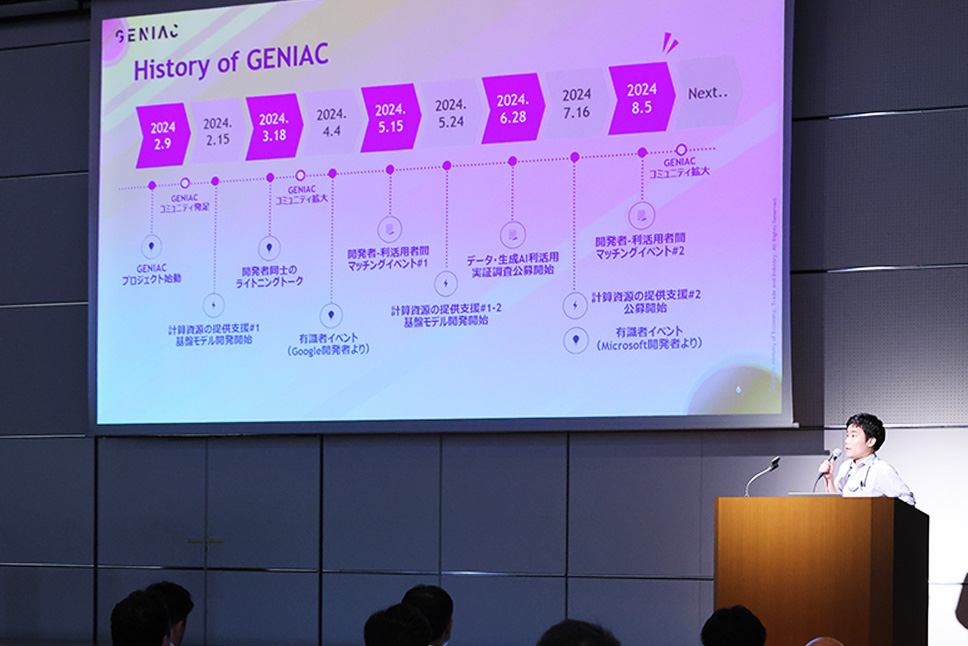
It has been about six months since the project began in February 2024. So far, support for computational resources has been provided twice, and pilot projects focused on data utilization are in the process of being selected, with operations expected to begin soon.
Future plans include continued support for data AI utilization, ongoing provision of computational resources, and efforts to enhance Japan’s overall AI development capacity with a focus on commercialization. GENIAC also aims to promote broader participation from stakeholders across the AI development and utilization spectrum, including application developers and user companies.
During this second matching event, foundation model developers, application developers, and user companies engaged in direct exchanges and collaboration, sharing aspirations for the development of competitive foundation models and their societal implementation.
"I hope today's matching event will become a key milestone in the future development and utilization of generative AI," Mr. Suginoo said.
Introducing GENIAC Developers
Eight developers participated in this event and gave presentations.
Developers Participating in the Matching Event
- Preferred Elements, Inc.
- StockMark, Inc.
- ABEJA, Inc.
- Nippon Telegraph and Telephone Corporation (NTT)
- Kotoba Technologies Japan, Inc.
- Fujitsu Limited
- Ricoh Company, Ltd.
- National Institute of Informatics (NII)
Note: The National Institute of Informatics (NII) participated with only a booth presentation.
Preferred Elements, Inc.
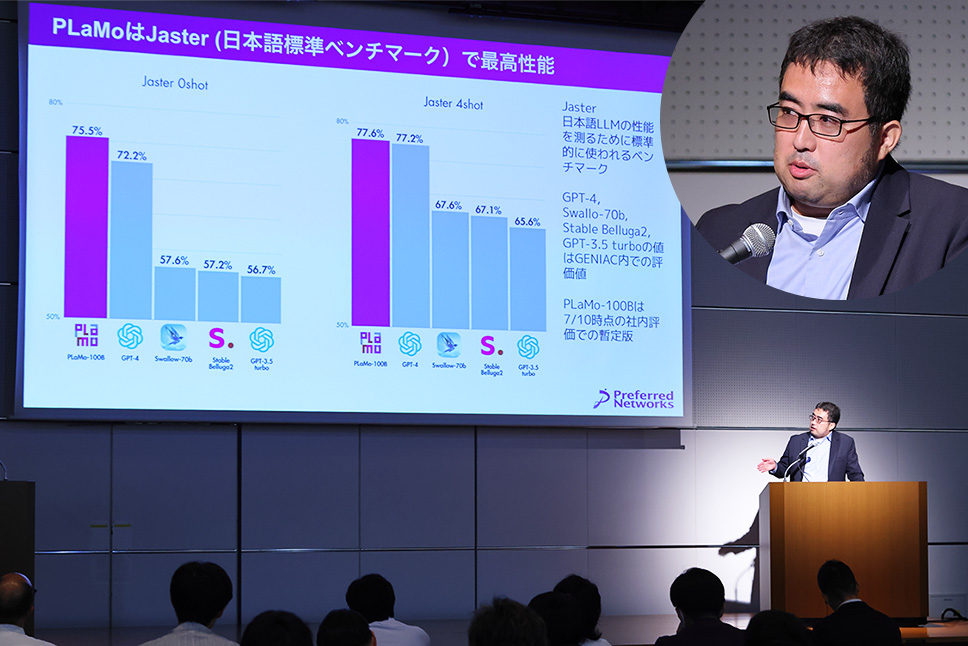
he Preferred Networks (PFN) group integrates the AI value chain, from AI chips and computing platforms to generative AI and foundational models. Within the GENIAC project, Preferred Elements is advancing the verification of a multi-modal foundation model, "PLaMo-100B," with 100 billion parameters, optimized for Japanese, images, and voice, as well as pre-training a large-scale language model with 1 trillion parameters. The free trial version of "PLaMo Beta" will be released on August 7, 2024, with a commercial license version to follow this fall.
StockMark, Inc.
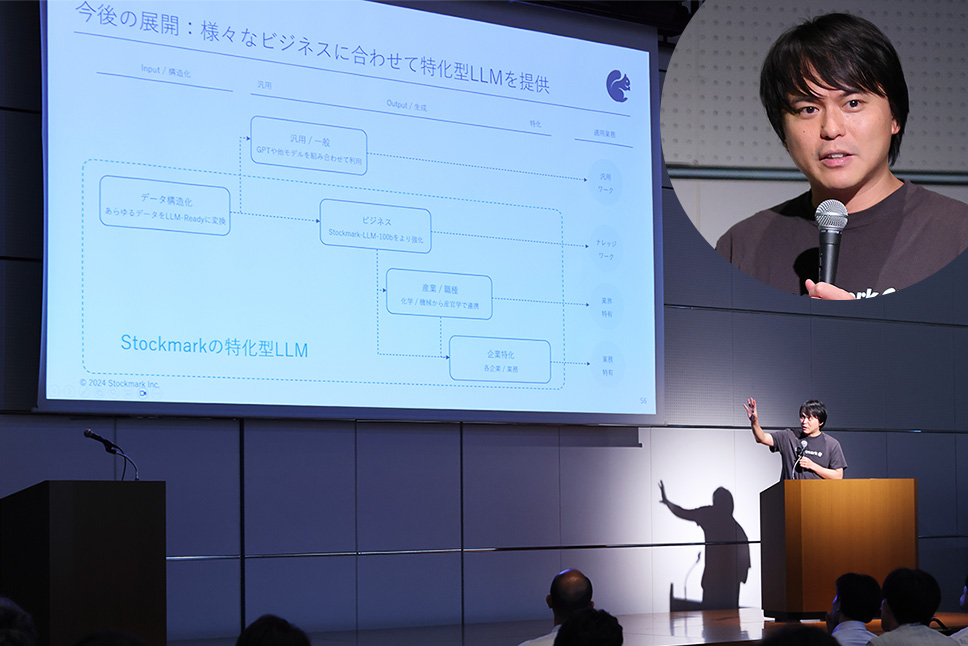
StockMark provides services to assist businesses with information gathering and document preparation using generative AI. After being selected in the public call in November 2024, StockMark developed one of Japan's largest proprietary language models with 100 billion parameters, suppressing hallucinations—a common issue in business use cases. They are also developing customized models for specific companies, in collaboration with major manufacturers. Future initiatives will include combining general-purpose AI with specialized AI models and supporting the structuring of in-house data.
ABEJA, Inc.
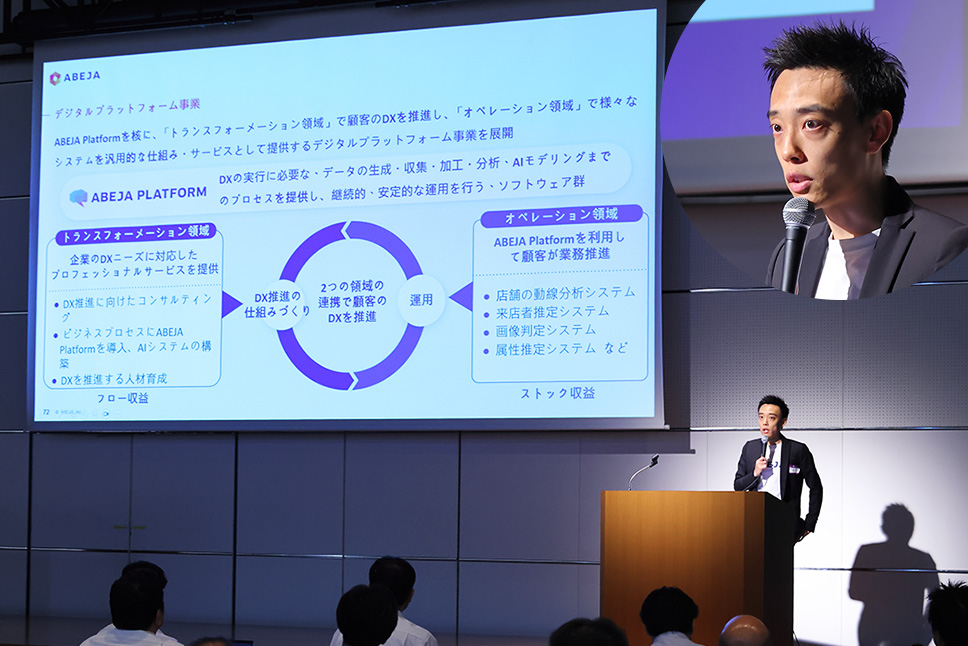
At ABEJA, we provide the "ABEJA Platform," which supports the entire process of a company's digital transformation (DX) strategy, from data generation, collection, processing, and analysis to AI modeling. Additionally, we offer continuous support through DX talent development and operational assistance, delivering a wide range of DX support services to meet various needs and functionalities. In the selected project, we are advancing research and development of Japanese-language large language models (LLMs) and enhancing information accuracy and cost-efficiency by improving key features such as RAG and Agent functionalities, with the goal of achieving widespread societal implementation of LLMs.
Nippon Telegraph and Telephone Corporation (NTT)
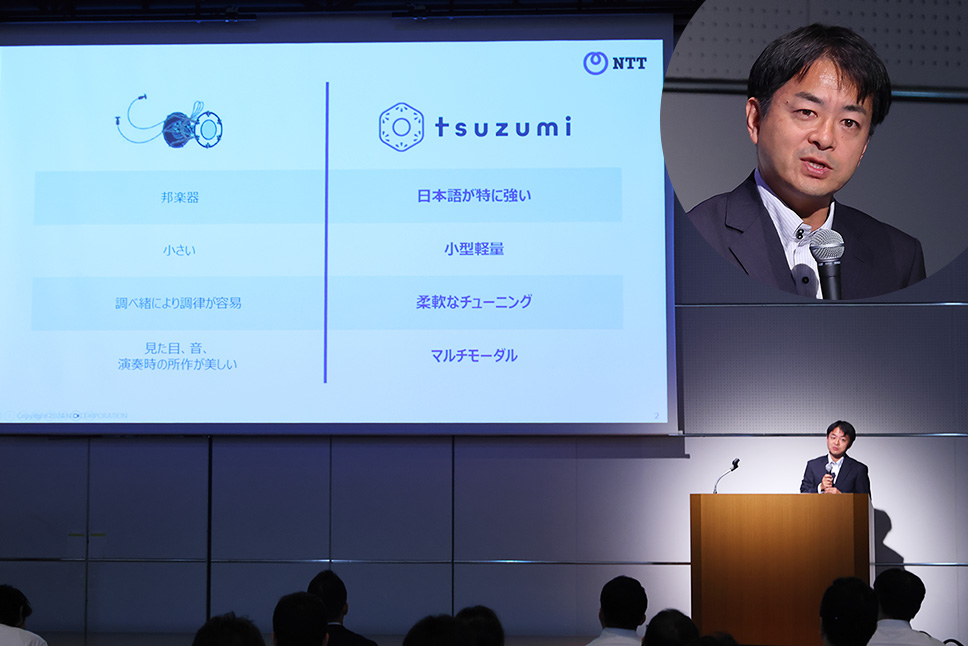
NTT has developed "tsuzumi," a lightweight LLM with 7 billion parameters optimized for Japanese. The model is highly customizable, allowing for low-cost tuning for specific industries and companies, and supports multimodal capabilities like reading and interpreting diagrams. "Tsuzumi" was commercialized in March, and it is available across three environments (on-premise, private cloud, public cloud) and three solution menus (CX solutions, industry-specific EX solutions, IT operations support solutions). Since May, NTT has been offering free access to some "tsuzumi" APIs through a partner program, and preparations are underway to make it easily available as an Azure service starting in November.
Kotoba Technologies Japan, Inc.
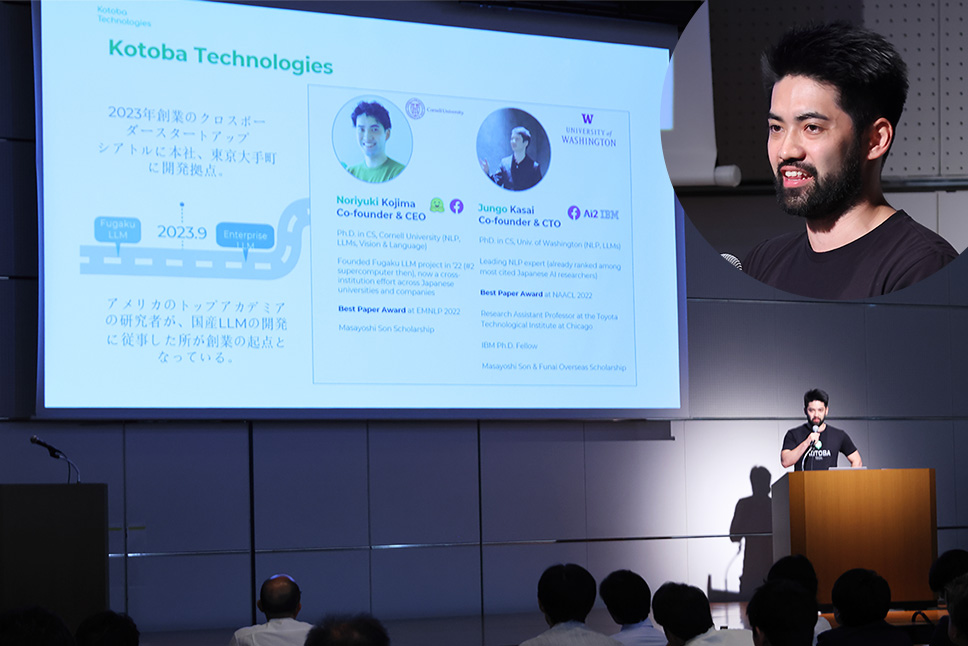
Established in September 2023, Kotoba Technologies Japan focuses on developing voice-based foundation models. One application of their technology is voice translation, supporting real-time translation between languages like Japanese and English, helping bridge communication gaps. Their voice models also support voice cloning, allowing users to generate Japanese speech mimicking their own voice after providing just 15 seconds of audio. Being selected for GENIAC has accelerated the development of these voice foundation models, with expansion plans into fields like voice interpretation and AI voice assistants.
Fujitsu Limited
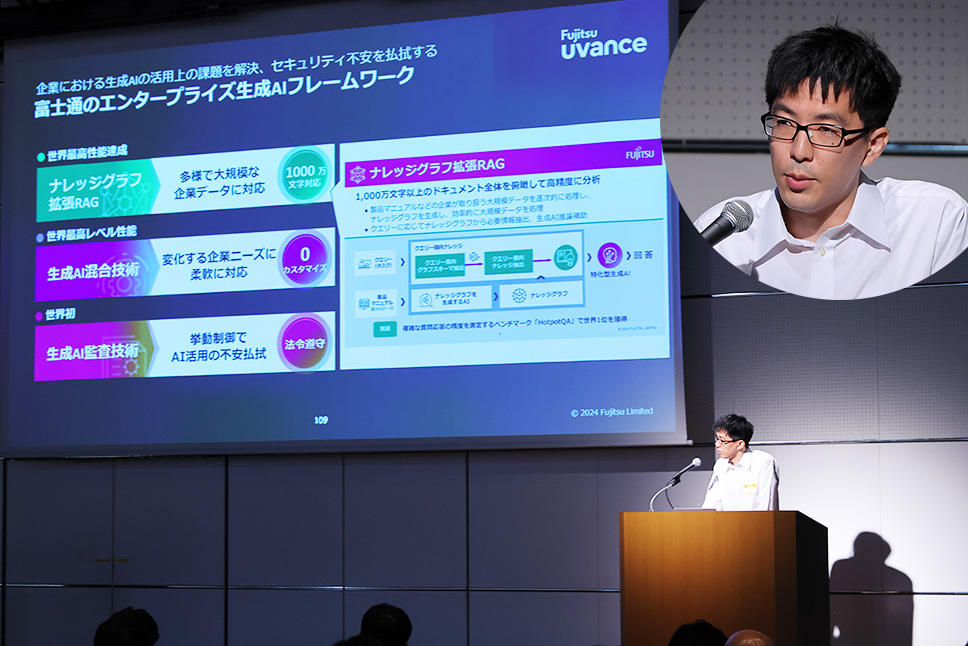
Fujitsu is advancing the research and development of an enterprise-oriented generative AI framework, helping companies leverage large volumes of data for various applications. In areas requiring control over hallucinations, Fujitsu has developed two foundational models using knowledge graph technology that enhance the reliability of output. The release of "Takane," a large-scale language model optimized for complex tasks, is planned for September 2024.
Ricoh Company, Ltd.
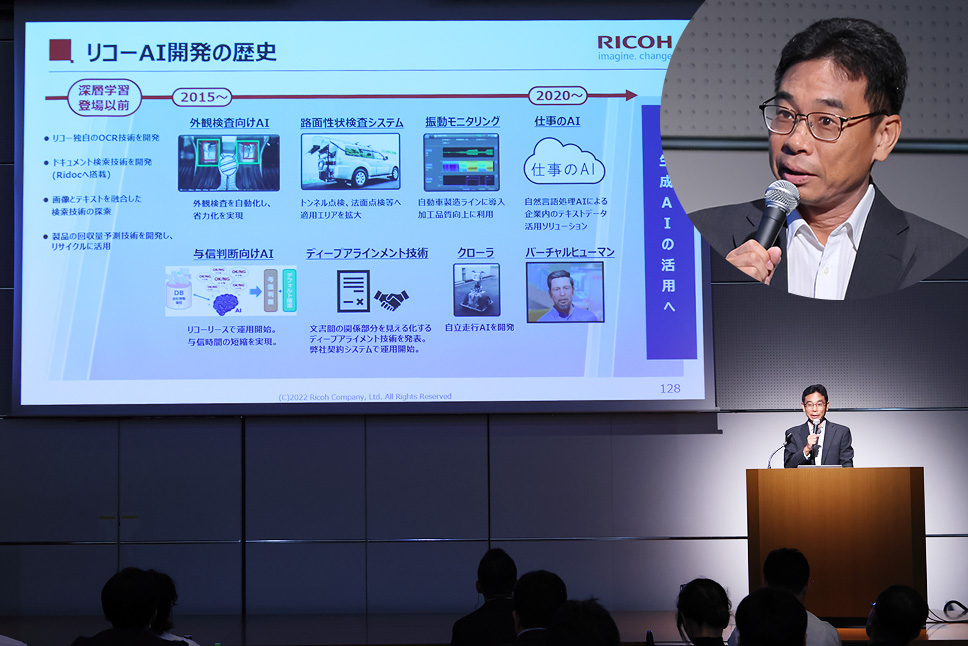
Ricoh has been involved in AI development since before the rise of deep learning, with a focus on natural language processing in recent years. In 2022, Ricoh successfully developed a proprietary Japanese LLM with 6 billion parameters, followed by a model with 13 billion parameters. By improving the tokenizer and adopting curriculum learning, Ricoh enhanced the model’s Japanese language performance. The model is available for free trials, with support for additional training on company-specific data. Ricoh has already started applying custom LLMs in its product maintenance services.
Active Discussions Between Developers and User Companies
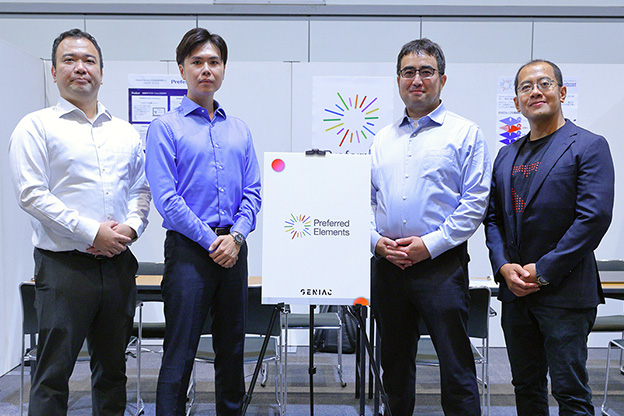
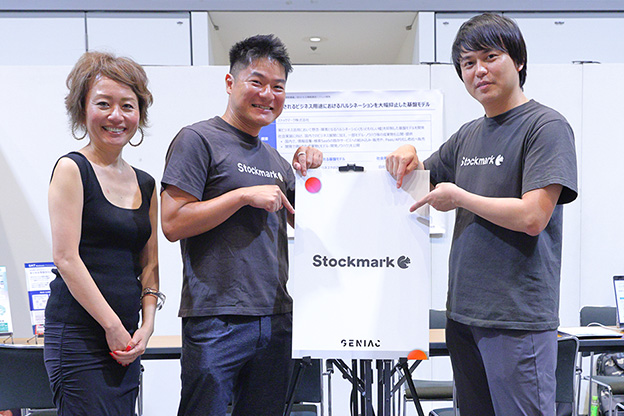
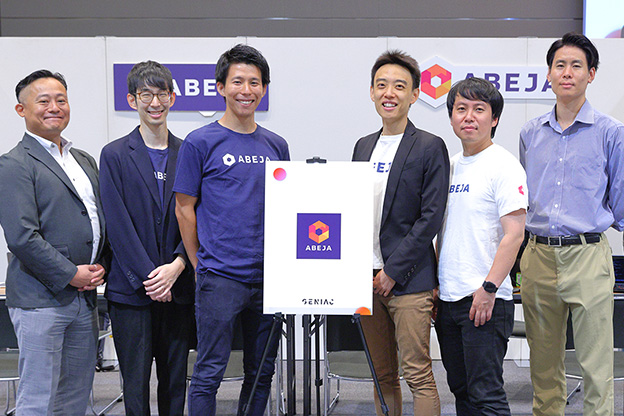
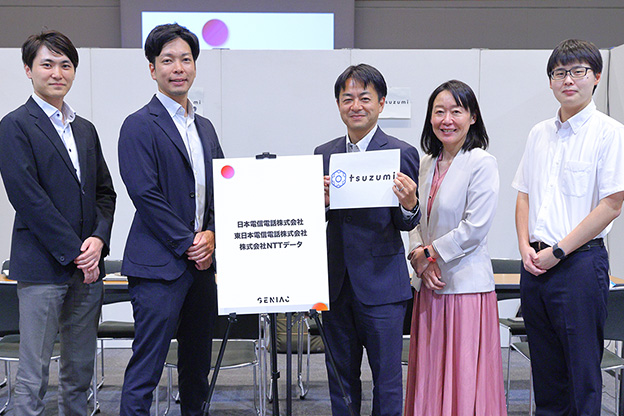
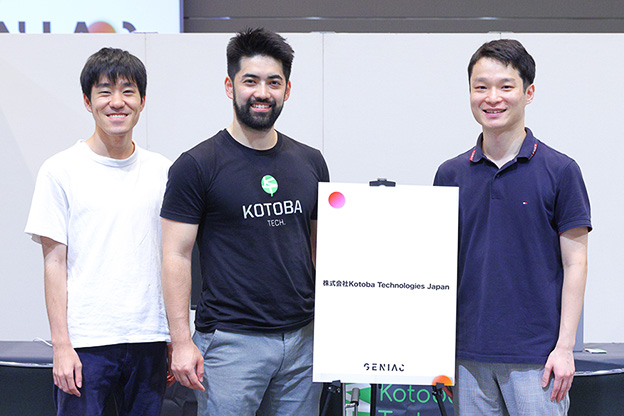
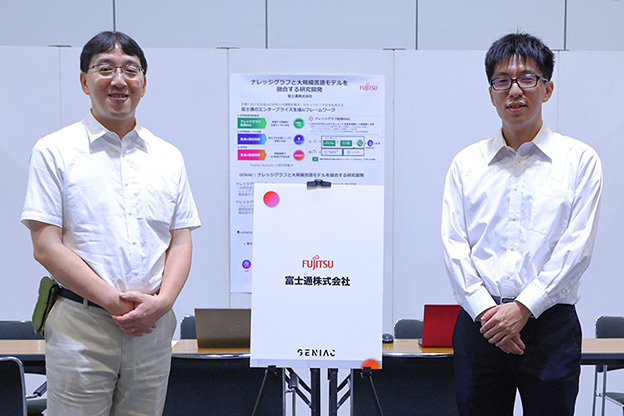
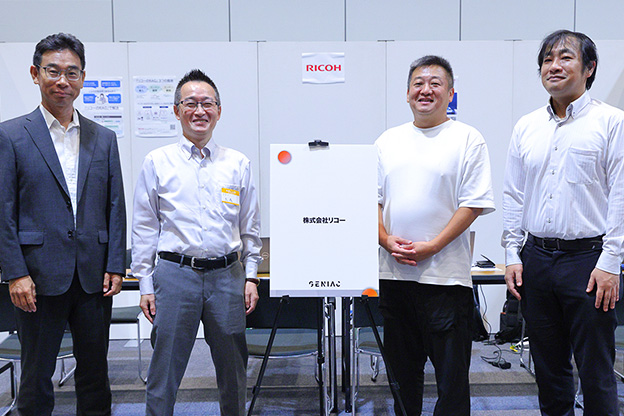
After the developers’ presentations, a matching time was set up. Representatives from application development companies and user companies visited the booths of each developer, engaging in active discussions.
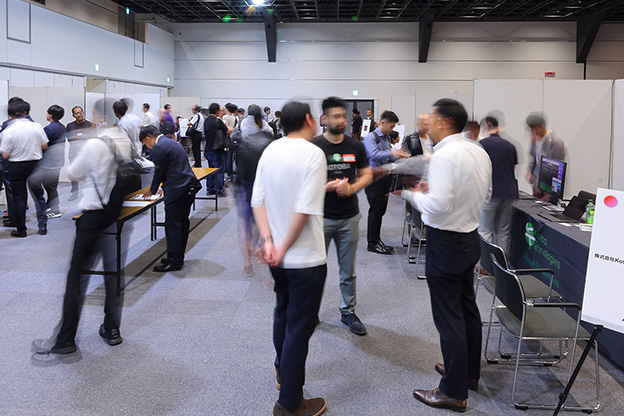
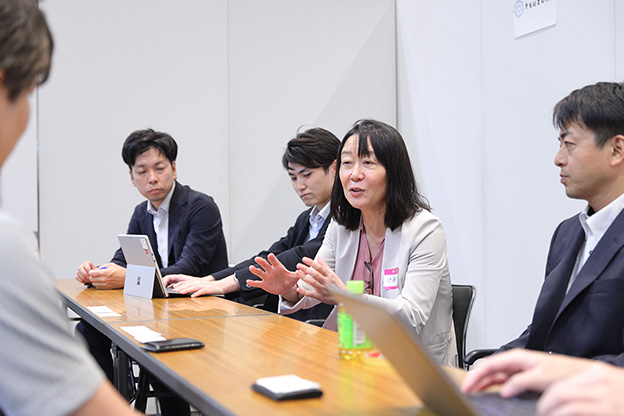
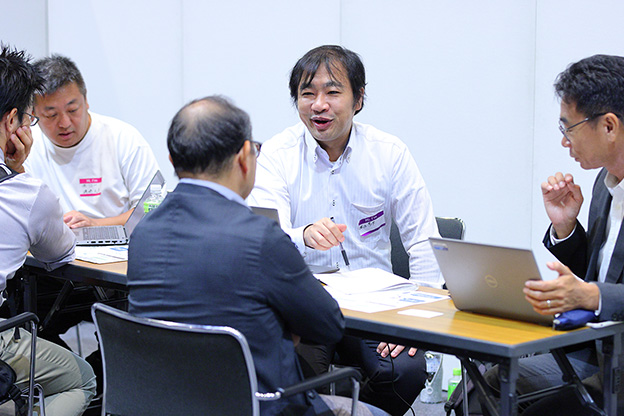
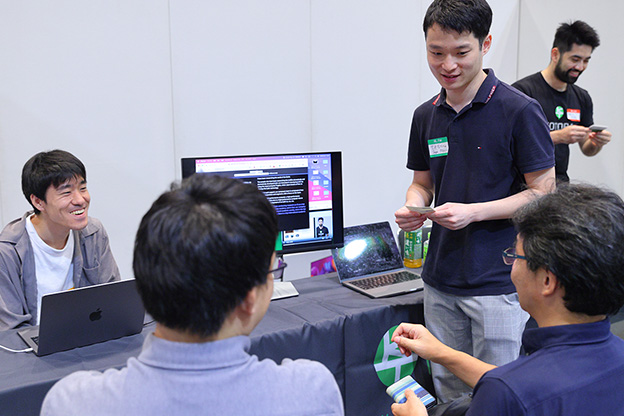
Comments from GENIAC Developers and Participating Companies
Finally, comments from the GENIAC developers and companies participating in the second matching event were introduced.
Comments from GENIAC Developers
Preferred Elements, Inc.
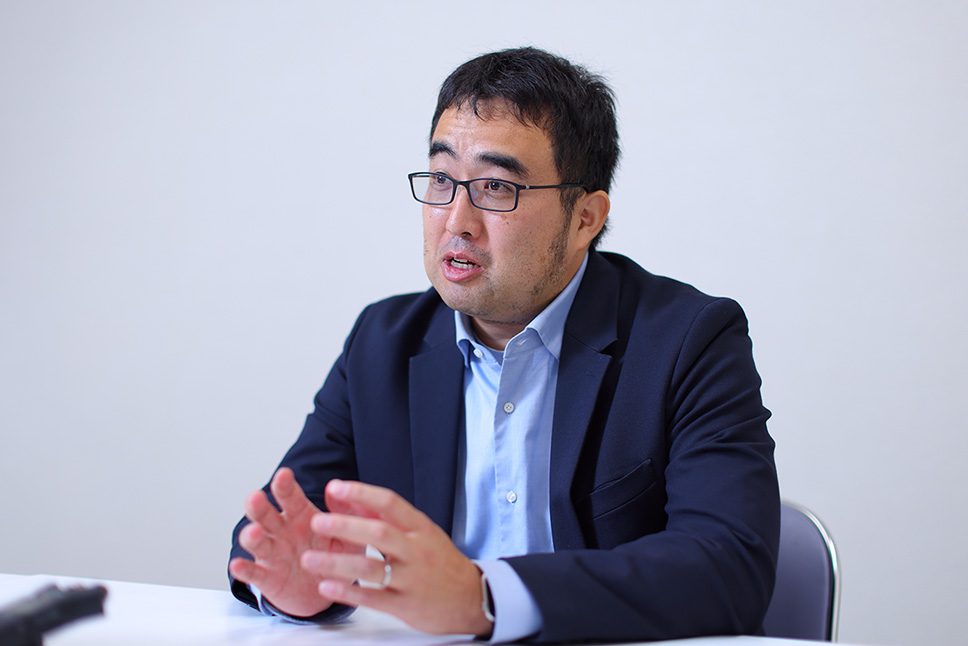
Preferred Elements, Inc. is involved in the research, development, and sale of foundation models. In the GENIAC-selected project, they are working on a multi-modal foundation model "PLaMo-100B" with 100 billion parameters, optimized for Japanese, images, and voice, as well as verifying a 1 trillion parameter large-scale language model. The commercial version of "PLaMo Prime" is scheduled for release this fall.
"PLaMo's key feature is that it is a fully homegrown foundation model built from scratch without relying on external data or architecture. In the benchmark 'Jaster,' which measures the performance of Japanese LLMs, 'PLaMo' outperforms OpenAI's GPT-4. The smaller models, 'PLaMo Lite,' with 10 to 30 billion parameters, also show high performance in Japanese responses and English-Japanese translation," said Okanohara.
Preferred Elements is also advancing the development of proprietary models based on PLaMo, allowing companies to build dedicated models by incorporating their own data, with support for on-premise deployment. Preferred Elements is participating in the matching event for the second time.
"During the first matching event, we found that many participating companies had already trialed large language models (LLMs) and were facing challenges in meeting their unique needs and utilizing their proprietary data. We also heard concerns from companies considering full-scale implementation, particularly regarding the cost-effectiveness of computational resources for automating support tasks and product development. At this event, we are offering participants the opportunity to try out PFE’s proprietary multi-modal model with 100 billion parameters at our booth, allowing them to experience its Japanese language capabilities firsthand. We look forward to having more in-depth discussions on how we can support companies in integrating their proprietary data. Additionally, we will leverage the feedback from this event to inform future proposals and create new use cases," said Okanohara.
Kotoba Technologies Japan, Inc.
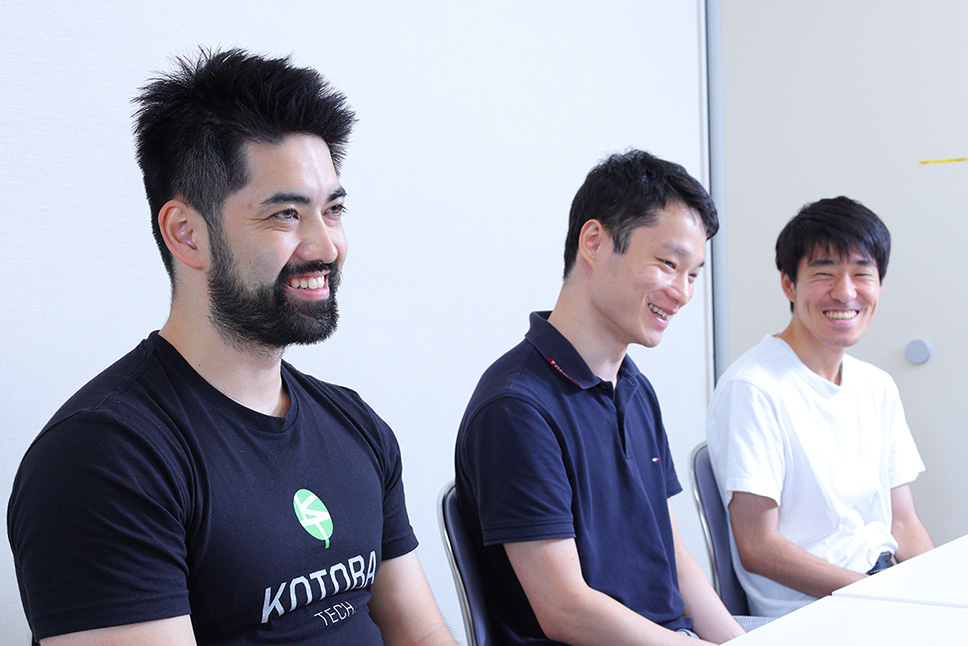
Jungo Kasai (middle), CTO, Co-Founder, Kotoba Technologies Japan, Inc.
Yuta Sasaki (right), Engineer, Kotoba Technologies Japan, Inc.
Kotoba Technologies Japan develops voice-based foundation models. These models can generate natural, fluent speech from text data and even perform voice cloning. After being selected for the GENIAC project in February this year, CEO Kojima explained their progress:
"Since the selection, we have accelerated development, advancing the training of voice data for 500,000 hours per day on Microsoft Azure. Initially, the model supported only Japanese, but now it can handle both Japanese and English, with latency reduced to under one second. This enables real-time translation from Japanese to fluent and accurate English," Kojima said.
CTO Kasai noted the importance of discussions with participating companies:
"The feedback from participating companies has been invaluable for shaping the direction of our development. For instance, we learned about the need for voice-based generative AI in construction sites where text input is difficult. These discussions have helped us identify needs and opportunities we wouldn't have noticed on our own."
Kotoba Technologies Japan plans to announce results soon and aims for societal implementation, Kojima added:
"Our voice-based foundation model will play a key role in supporting Japanese speakers in business and research. We aim to commercialize the voice-to-voice translation model by the end of this fiscal year."
Comments from Participating Companies
Chugai Pharmaceutical Co., Ltd.
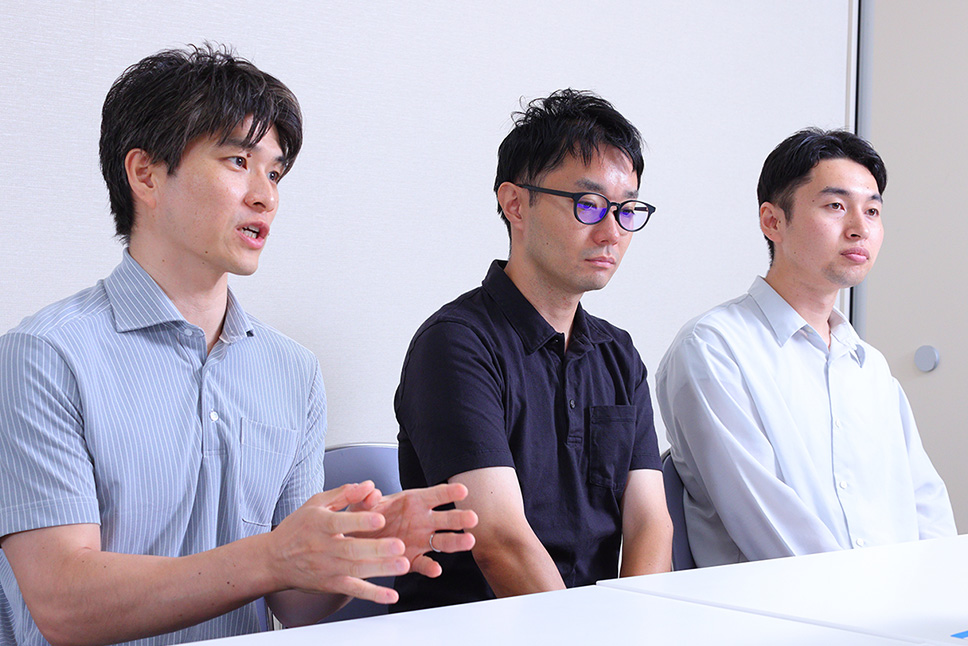
Chugai Pharmaceutical Co., Ltd. has formulated "CHUGAI DIGITAL VISION 2030," focusing on strengthening its digital infrastructure and leveraging AI for new drug development. Ishibe, responsible for promoting digital transformation (DX) within the company, shared his thoughts on participating in the event:
"At Chugai, we aim to utilize generative AI both for value creation in drug discovery and for improving business efficiency through DX. To fully leverage the Japanese-language research data we have accumulated in-house, we believe AI models with strong Japanese-language capabilities will play a crucial role. This event provided a great opportunity for in-depth discussions on potential collaborations." (Ishibe)
Regarding IT systems, Chugai Pharmaceutical has adopted a multi-cloud environment using Microsoft Azure, AWS, and Google Cloud. Mizutani, from the Data Science Group, emphasized the importance of a generative AI foundation optimized for the Japanese language to fully harness the vast amount of data stored within the company:
"There is a growing demand to use medical information internally as a 'knowledge hub.' While we are progressing with the introduction of a Med LM (medical-specific language model), we still face challenges with Japanese language processing and mitigating hallucinations. We are currently building a RAG framework and are testing these issues." (Mizutani)
In addition to drug discovery, Kamon from the Digital Strategy Promotion Department mentioned that Chugai began using generative AI to improve business efficiency across all 7,600 employees as of August 2023:
"Expectations for generative AI in business efficiency are extremely high. One of the key challenges now is bridging the gap between expectations and reality while ensuring cost-effectiveness across departments. In the future, we aim to showcase advanced use cases of generative AI in the pharmaceutical and healthcare industries and are committed to actively expanding its application within the company." (Kamon)
TV Asahi Corporation
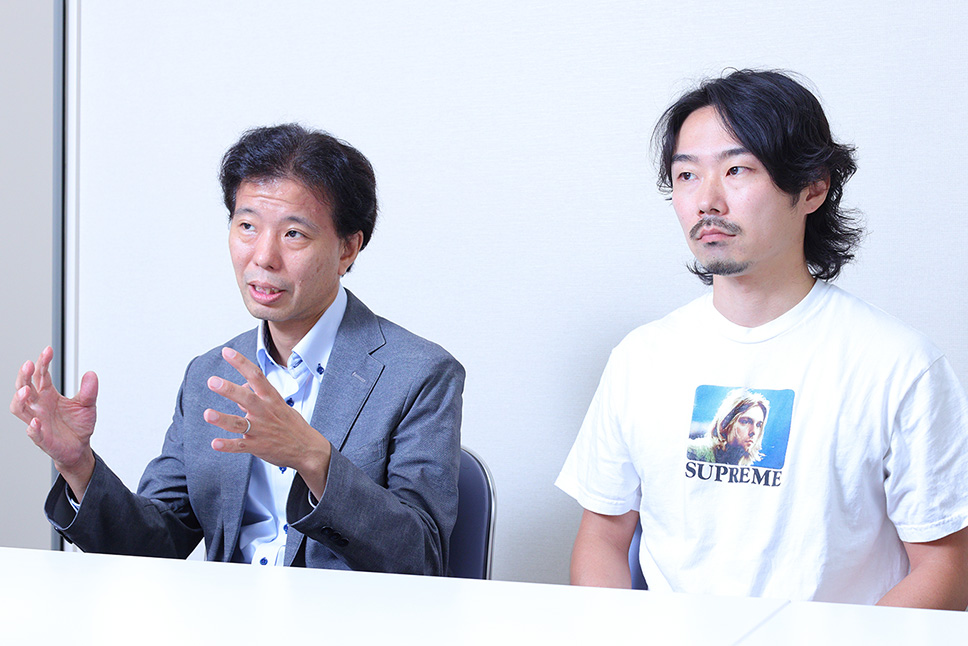
TV Asahi Corporation utilizes AI to improve operational efficiency and content production. They have also established a cross-departmental "AI Promotion Team" and are looking to further expand the advanced and specialized use of AI. Komata shared his insights on some of the internal challenges they are facing:
"For example, viewership analysis reports are essential for evaluating our programs, but creating them takes a significant amount of time. Ideally, we would like to automate the basic aspects of these reports with AI, allowing us to allocate more resources to the creative work of content production." (Komata)
"We handle a large amount of video data, and when storing it, metadata such as timecodes and detailed scene descriptions are required. Currently, staff manually enter this data, but if we could use AI to interpret the video content and generate descriptions, it would significantly improve both efficiency and accuracy. It would also enhance searchability and enable more comprehensive analysis of the content." (Nakayama)
Nakayama also spoke about TV Asahi's unique needs as a broadcaster and shared his expectations for the future of generative AI in Japan:
"Currently, large language models (LLMs) are primarily used for text-based applications, but I expect further growth in AI technologies that handle images, video, and audio, along with their societal implementation. In particular, we are paying close attention to the development of domestic models that are well-suited to Japan's language, culture, and customs. If we can generate more natural Japanese speech, accurately produce images of Japan’s landscapes and people, and analyze traditional culture and subcultures, the potential applications for generative AI in creative work would expand significantly." (Komata)
Nakayama added that while Japanese support is possible with overseas LLMs, he sees particular value in Japanese-made models, especially in terms of adaptability to small, closed environments, security, and performance in the Japanese language. Reflecting on the event, he expressed his expectations:
"The level of problem-solving and the practical application of systems were discussed openly with various companies. The opportunity to exchange information with startups, which can be hard to catch up with, was refreshing, and we plan to actively share this knowledge internally to foster discussions. I look forward to seeing how generative AI will continue to evolve to meet the unique needs of our industry." (Nakayama)
The second matching event provided a valuable opportunity for specific discussions between AI developers, application companies, and user companies. By reflecting on the needs and challenges of different industries and companies in refining foundation models, the societal implementation of generative AI is expected to accelerate further. Stay tuned for future GENIAC activities!
GENIAC Top PageLast updated:2024-02-01